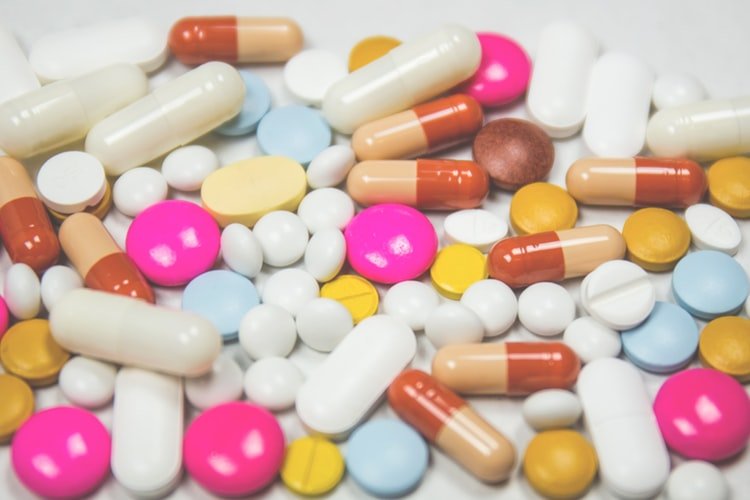Uterine fibroids are noncancerous growth that gets developed in the uterus. Some people use natural treatments and dietary changes to get rid of the symptoms of fibroids. But are these treatments helpful?
It is not necessary that all uterine fibroids cause symptoms, and not all fibroids require any treatment. Fibroids can shrink and vanish with time, mainly after menopause. A person may have fibroids without realizing it.
Doctors can suggest some medical treatments for fibroids, but some may also choose herbal medicines or dietary methods to relieve symptoms. However, there are a few pieces of research that have proved that they provide effective results.
What are fibroids?
Someone with fibroids may experience heavy menstrual periods. Fibroids, also known as leiomyomas, are noncancerous tumours that are sometimes developed in the uterus. They are the most common noncancerous gynaecological tumour. Numbers vary, but as per the Office on Women’s Health, fibroids may affect around 20 to 80% of people before they reach 50 years of age.

Females with fibroids may experience these symptoms.
- Painful or heavy menstrual periods
- Frequent urination
- Lower or abdominal pain
- Pain during sex
- Constipation
Are there natural treatments for Fibroids?
In most of the cases, Fibroids shrink and disappear without any treatment. However, if an individual experiences severe symptom, a doctor may suggest treatment, which includes surgery or birth control pills. Some medicines can shrink the fibroids, but they may cause severe side effects. For this reason, doctors prescribe drugs for the short term.
Some of the natural ways that can help a person with fibroids are:
Changes in diet
Meat- Having a plant-based diet may help reduce fibroids. Some research suggests that people who eat a diet which is high in red meat and energy-rich foods, which are the ones that contain a lot of fat, calories, sugar, may cause fibroids. Replacing red meat with white meat can be helpful. Generally, replacing red meats with white meats or a plant-based meal high in protein can be a good move. Meat contains high levels of trans and saturated fats, which can raise the cholesterol level and worsen heart condition.
Vitamins- A study has proved that females who ate more fruit and more animal-derived vitamin A were less prone to uterine fibroids. Animal sources of Vitamin A are meat, dairy products, and fish. Foods that contain certain vitamins may help fight symptoms of fibroids. These are:
- Oily fish, like mackerel, tuna, and salmon
- Green vegetables, like spinach, broccoli, and lettuce
- Soya products
- Citrus fruits, like limes and lemons
- Beans
- Foods rich in flavonoids, like berries
If a person is not able to get enough vitamin through their food, they should take vitamin supplements.
Herbal remedies
Small scale research studies have looked at the effects of different herbal remedies for fibroids, like Chinese medicine and green tea.

Green tea- Green tea consists of a chemical named flavanols, an antioxidant. An antioxidant helps in reducing cell damage in the body by lessening oxidative stress. Oxidative stress is an important cause of the growth of fibroids. Drinking green tea may, thus, help with fibroids. However, more research is required before doctors recommend green tea for treating fibroids.
Curcumin- It is one of the active ingredients present in turmeric. It has antibacterial, antioxidant, and anti-inflammatory properties. Research suggests that curcumin can damage fibrotic cells or stop their reproduction. Moreover, cell cultures form the base of these studies, and researchers should look at its effects on human beings to know whether it will be useful or not.
Uterine fibroids are common noncancerous growth in the uterus. Though they may not be cancerous, they can affect someone’s life. So, it is better to treat it before it’s too late.

